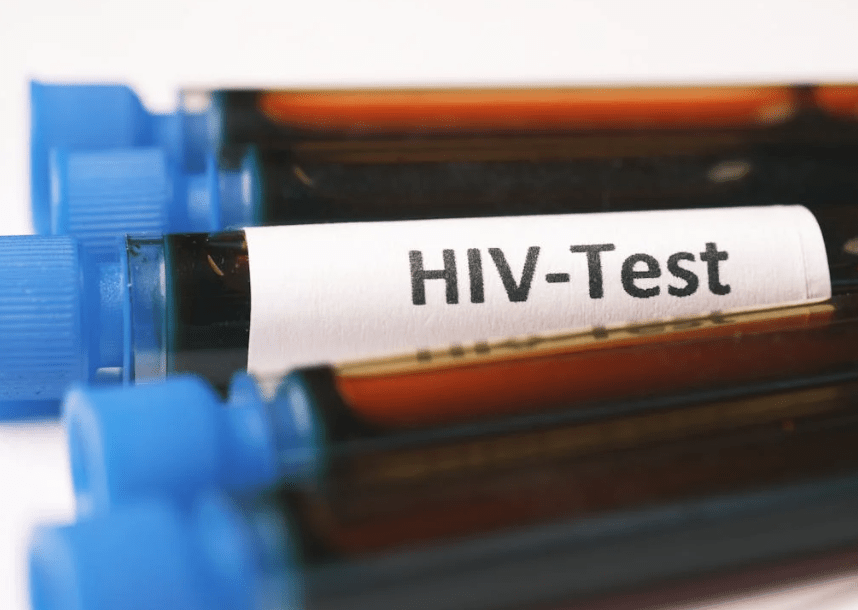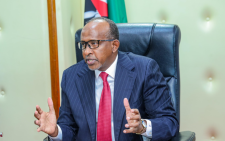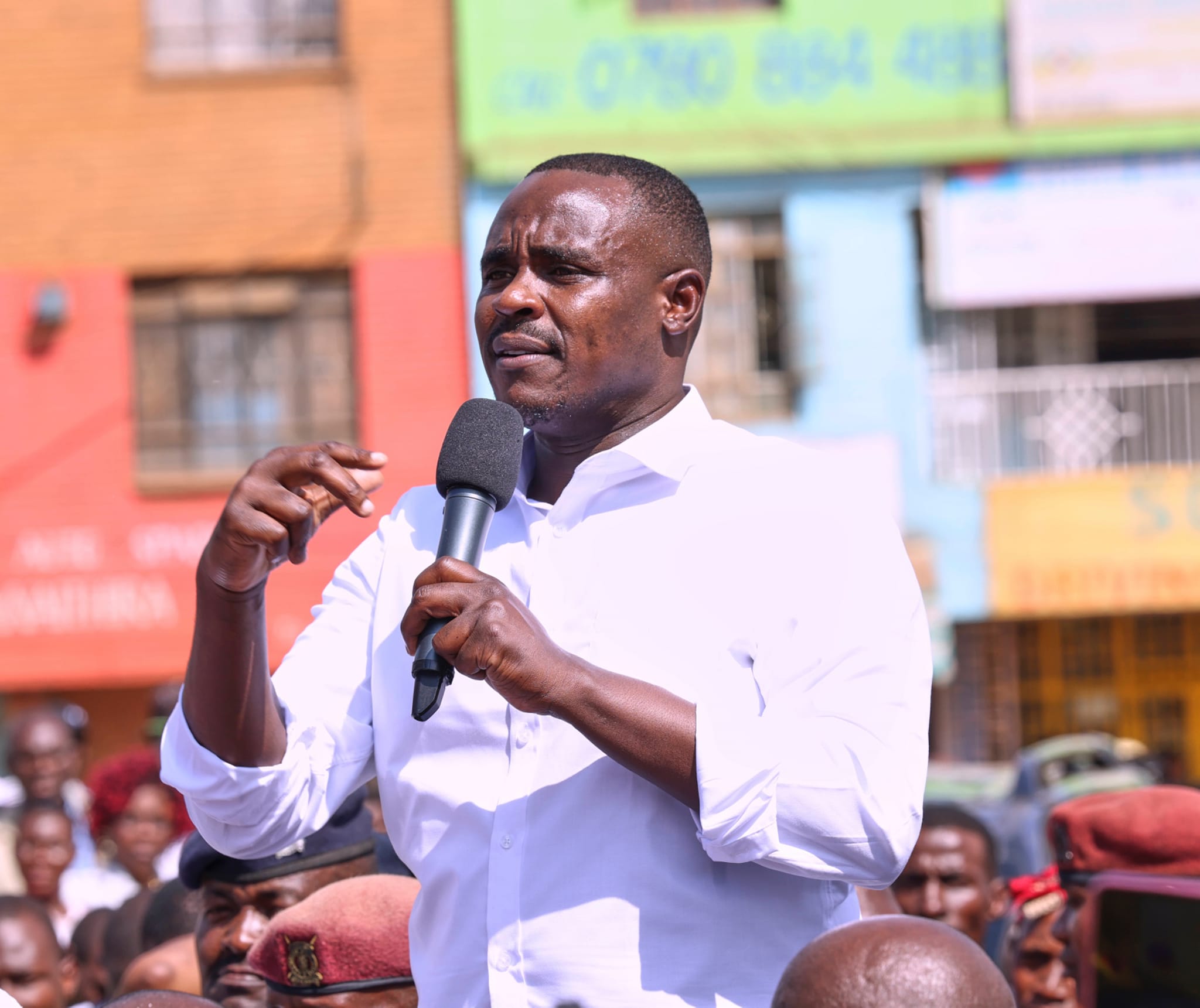Kenya to chart own way in HIV management

Kenya has started charting her on course as part of the country’s strategic priorities for HIV response as the reality continued to sink in following the US government’s foreign funding re-adjustment early in the year.
Yesterday, a high-level consultative forum bringing together development partners and the two levels of government identified an overall gap of Sh30.9 billion which is needed to address the country’s HIV response.
However, in light of the US “stop work order” which could potentially lead to disruptions in its HIV response, the Kenyan government has proposed an additional Sh5.2 billion in the current Financial Year to strengthen its strategic HIV response, including ensuring access to treatment and testing.
“Allocate funds additional Sh5.24B in 2024/2025 FY and Sh13.54B in 2025/2026 FY for Human Resources for Health, commodities and health management information systems,” the National Syndemic Diseases Control Council (NSDCC) and the National STDs Control Program (NASCOP) urged in a joint document identifying several areas that will be affected in the process.
The two institutions cautioned that if urgent steps are not taken to cushion the gap left after the US Government withdrew its foreign funding for health through the PEPFAR programs, Kenya is going to witness triple new HIV infections.
Heavily reliant on U.S. funding for its HIV response through programs like PEPFAR, the government has expressed concerns about the potential impact of the pause in foreign assistance and the associated stop-work order.
The country’s current new HIV infections are 16, 752 which could potentially rise to 58,495 annually if domestic financing is not harnessed. This is due to treatment disruptions.
The Ministry of Health urged Parliament to consider increasing the allocations in the budget to ensure the continuity of HIV management programs, particularly focusing on integrating essential HIV commodities into the Social Health Authority (SHA) insurance scheme.
“I urge you to advocate for increased budgetary allocations to the health sector, particularly for HIV programs. The time to act is now,” said Health Cabinet Secretary, Dr. Deborah Barasa, cautioning that without sustained domestic investment, the progress that has been made in the HIV response will be at risk.
She said the meeting comes at a crucial time as the country works towards a whole-of-government approach to developing localized solutions.
The meeting agreed that Kenya has made significant strides in its HIV response, with a high percentage of adults living with HIV receiving treatment and achieving viral suppression.
Data from PEPFAR indicates a total of 41,547 staff who provide HIV services, including clinical services, community support, and program management across 40 counties, from health facilities at level II to VI (October 1st 2024 to September 30, 2025).
However, the frontline health workers as per Council of Governor data are 11,059 at the cost of Sh5.8 billion.
This additional funding will primarily focus on ensuring the steady supply of antiretroviral drugs (ARVs) and other essential medications, maintaining HIV viral load testing and early infant diagnosis (EID) services, covering shortfalls due to frozen funding from the United States Agency for International Development (USAID).
The country requires up to Sh3.9 billion to maintain the current frontline of 11,059 healthcare workers to ensure business continuity.
A total of Sh140 million is also needed for the maintenance of the Health information management systems, including software licenses and updates, and system support including personnel responsible.
Some of the radical proposals made by the governors to enhance domestic funding for HIV response included redesigning programmes and service delivery mechanisms to facilitate the integration of HIV.
“Optimise health service delivery systems to improve efficiencies, ageing in health product and technology distribution pathways, integrate HIV health information systems in the digital highway,” a consultative meeting agreed in a joint communique.
The Ministry of Health was tasked with convening an engagement between the county governments, the senate, the national assembly, and the national treasury to discuss and agree on how to organise budgets to provide resources to fill the gaps and address the current crisis in the financial year 2025-2026.












